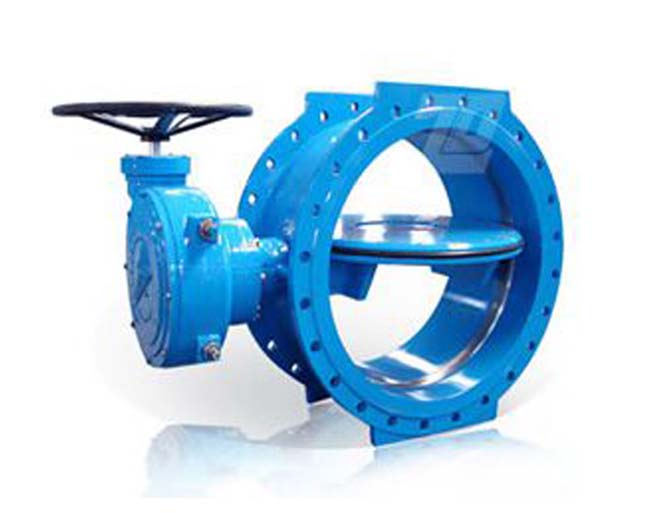According to the function and purpose of the gate valve and butterfly valve, the gate valve has small flow resistance and good sealing performance. Because the gate valve plate and the medium flow direction are vertical angles, if the gate valve is not in place on the valve plate, the medium scouring the valve plate makes the valve plate vibrate, It is easy to damage the seal of the gate valve.
A butterfly valve, also called a flap valve, is a kind of regulating valve with a simple structure. The butterfly valve that can be used for switching control of low-pressure pipeline medium refers to the closing part (disc or butterfly plate) as a disc, which rotates around the valve shaft to achieve opening and closing. A type of valve that can be used to control the flow of various types of fluids such as air, water, steam, various corrosive media, mud, oil, liquid metal, and radioactive media. It is mainly used for cutting off and throttling on the pipeline. The butterfly valve opening and closing part is a disc-shaped butterfly plate, which rotates around its own axis in the valve body to achieve the purpose of opening and closing or adjustment.
The butterfly plate is driven by the valve stem, if it is turned 90°, it can complete one opening and closing. Changing the deflection angle of the butterfly plate can control the flow of the medium.
Butterfly valves are suitable for conveying various corrosive and non-corrosive fluids in engineering systems such as generators, coal gas, natural gas, liquefied petroleum gas, city gas, hot and cold air, chemical smelting, power generation, and environmental protection, and building water supply and drainage. On the pipeline of the medium, it is used to adjust and intercept the flow of the medium.
The gate valve is a gate for opening and closing. The movement direction of the gate is perpendicular to the direction of the fluid. The gate valve can only be fully opened and fully closed. The parameters of the gate valve vary, usually, 5°, when the medium temperature is not high It is 2°52'. Improve its manufacturability and make up for the deviation of the sealing surface angle during processing. This kind of gate is called an elastic gate.

When the gate valve is closed, the sealing surface can only rely on the medium pressure to seal, that is, only rely on the medium pressure to press the sealing surface of the gate to the valve seat on the other side to ensure the sealing of the sealing surface, which is self-sealing. Most gate valves adopt forced sealing, that is, when the valve is closed, the gate must be forced against the seat by an external force to ensure the tightness of the sealing surface.
The gate of the gate valve moves linearly with the valve stem, which is also called the rising stem gate valve. Usually, there is a trapezoidal thread on the lifting rod, through the nut on the top of the valve and the guide groove on the valve body, the rotary motion is changed into linear motion, that is, the operating torque is changed into operating thrust. When the valve is opened, when the lift height of the gate is equal to 1:1 times the valve diameter, the fluid channel is completely unblocked, but this position cannot be monitored during operation. In actual use, the apex of the valve stem is used as a mark, that is, the position where it cannot be opened, as its fully open position. In order to take into account the locking phenomenon of the temperature change, it is usually at the top position of the opening, and then rewind 1/2-1 turn as the position of the fully open valve. Therefore, the fully open position of the valve is determined by the position of the gate (ie stroke). Some gate valve stem nuts are set on the gate, and the rotation of the handwheel drives the rotation of the valve stem to lift the gate. This kind of valve is called a Rotating stem gate valve or dark stem gate valve.
Copyright:@2020-2021
Comments Please sign in or sign up to post.
0
0 of 500 characters used